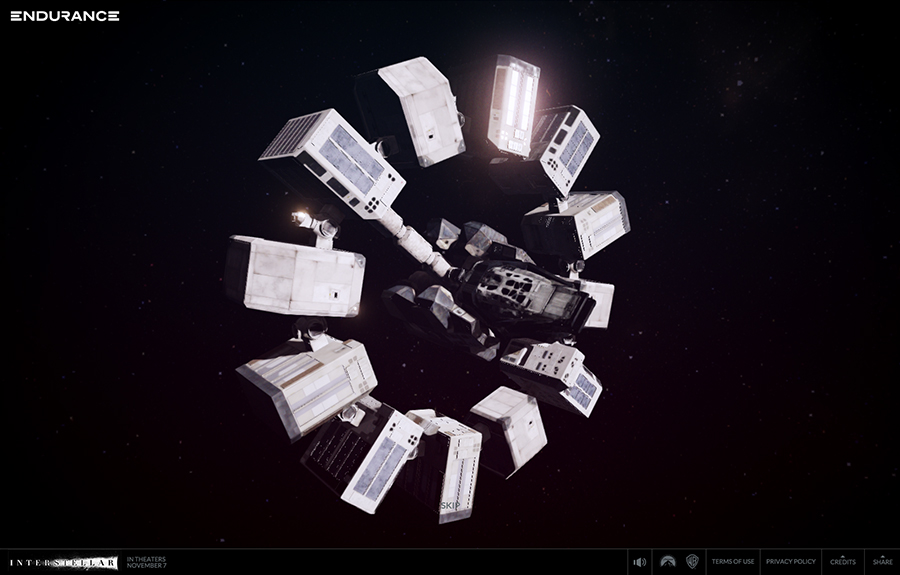

This lensing happens because the black hole creates an extremely strong gravitational field, literally bending the fabric of space-time around itself, like a bowling ball lying on a stretched out bed sheet.Įarly in their work on the movie, with the black hole encircled within a rich field of distant stars and nebulae instead of an accretion disk, the team found that the standard approach of using just one light ray for one pixel in a computer code - in this instance, for an IMAX picture, a total of 23 million pixels - resulted in flickering as the stars and nebulae moved across the screen.Ĭo-author of the study and chief scientist at Double Negative, Oliver James, said: “To get rid of the flickering and produce realistically smooth pictures for the movie, we changed our code in a manner that has never been done before.

This weird distortion of the glowing disk was caused by gravitational lensing - a process by which light beams from different parts of the disk, or from distant stars, are bent and distorted by the black hole, before they arrive at the movie’s simulated camera. It showed portions of the accretion disk swinging up over the top and down under Gargantua’s shadow, and also in front of the shadow’s equator, producing an image of a split shadow that has become iconic for the movie. The computer code was used to create images of the movie’s wormhole, the black hole, Gargantua, and its glowing accretion disk with unparalleled smoothness and clarity. The discoveries were made possible by the team’s computer code, which, as the paper describes, mapped the paths of millions of light beams and their evolving cross-sections as they passed through the black hole’s warped space-time. It is the first time that the effects of caustics have been computed for a camera near a black hole, and the resulting images give some idea of what a person would see if they were orbiting around a hole. These multiple images are caused by the black hole dragging space into a whirling motion and stretching the caustics around itself many times. They found that the images are concentrated along one edge of the black hole’s shadow. Using their code, the Interstellar team, composed of London-based visual effects company Double Negative and Caltech theoretical physicist Kip Thorne, found that when a camera is close up to a rapidly spinning black hole, peculiar surfaces in space, known as caustics, create more than a dozen images of individual stars and of the thin, bright plane of the galaxy in which the black hole lives. In a recent paper, the team describe the innovative computer code that was used to generate the movie’s iconic images of the wormhole, black hole, and various celestial objects, and they explain how the code has led them to new science discoveries. The team responsible for the Oscar-nominated visual effects at the center of Christopher Nolan’s epic Interstellar have turned science fiction into science fact by providing new insights into the powerful effects of black holes.


 0 kommentar(er)
0 kommentar(er)
